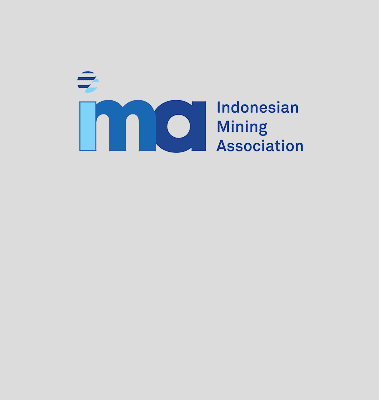Shares in Glencore (LON: GLEN) climbed on Thursday after the Swiss miner and commodities trader said it remains on track to meet its full-year production targets, easing investor concerns about further operational setbacks.
The company, which has frustrated shareholders in the past by repeatedly missing guidance since listing in 2011, said it expects to hit its 2025 production goals, though copper output will likely land near the lower end of forecasts.
Glencore’s stock rose as much as 6.8% and last traded 6.4% higher at 373.9p, valuing the company at £43.9 billion ($58 billion).
Despite a strong rebound in copper production during the third quarter, Glencore trimmed the upper end of its full-year copper forecast to between 850,000 and 875,000 tonnes, down from as much as 890,000 tonnes.
Third-quarter output jumped 36% to 583,000 tonnes thanks to higher ore grades at its African and Peruvian mines, but annual output remains 17% lower due to production issues at Chile’s Collahuasi mine.
Collahuasi, jointly owned with Anglo American (LON: AAL), has produced 59,000 tonnes less copper this year because of water restrictions and lower grades. Glencore now expects 185,000 to 190,000 tonnes from the site and plans to reduce reliance on stockpiled ore over the next year. That means the company’s copper production is roughly 40% below 2018 levels.
Anglo American said on Tuesday that it is reviewing its 2026 output targets for Chile amid ongoing challenges at Collahuasi.
Analysts say Glencore is under pressure to match its peers’ aggressive growth plans. “Half its copper growth hinges on Argentina, where Javier Milei’s election win helps sentiment but doesn’t solve social, regulatory, and logistical hurdles,” Alon Olsha of Bloomberg Intelligence said in an emailed comment.
Cobalt strategy
Glencore also detailed its plan for managing cobalt exports from the Democratic Republic of Congo (DRC), which produces over 70% of the world’s supply.
The DRC lifted its export ban earlier this year, replacing it with a quota system managed by the Strategic Mineral Substances Market Regulation and Control Authority (ARECOMS). Quotas now total 87,000 tonnes a year of contained cobalt for 2026 and 2027, with 18,125 tonnes allowed for the rest of 2025. The government also retained a 9,600 tonne strategic quota.
Glencore said it has enough stockpiled cobalt to make full use of its quotas and will prioritise copper output where commercially sensible. The policy reflects current market conditions, as cobalt—used in electric vehicle batteries, electronics, and high-strength alloys—faces quota-related supply constraints.
Renewables on hold
Glencore has pulled out of a A$35 million federal grant for a renewable energy hub at its Murrin Murrin nickel and cobalt mine in Western Australia, citing macroeconomic and cost challenges.
The project was set to include solar, wind, and battery infrastructure, but Glencore said it has halted development and declined the funding. The decision comes as the company works to keep Murrin Murrin viable amid a nickel price slump triggered by surging Indonesian supply.
Nickel prices have fallen sharply in the past two years, prompting BHP, First Quantum, and Wyloo Metals to suspend local operations. The closures have eroded confidence in Australia’s nickel sector, once seen as a key player in the clean-energy transition.
Glencore’s Murrin Murrin near Leonora and IGO’s Nova near Norseman are now the country’s last two operating nickel mines. Murrin Murrin reported a $40 million loss before interest and tax in the six months to June 30.


